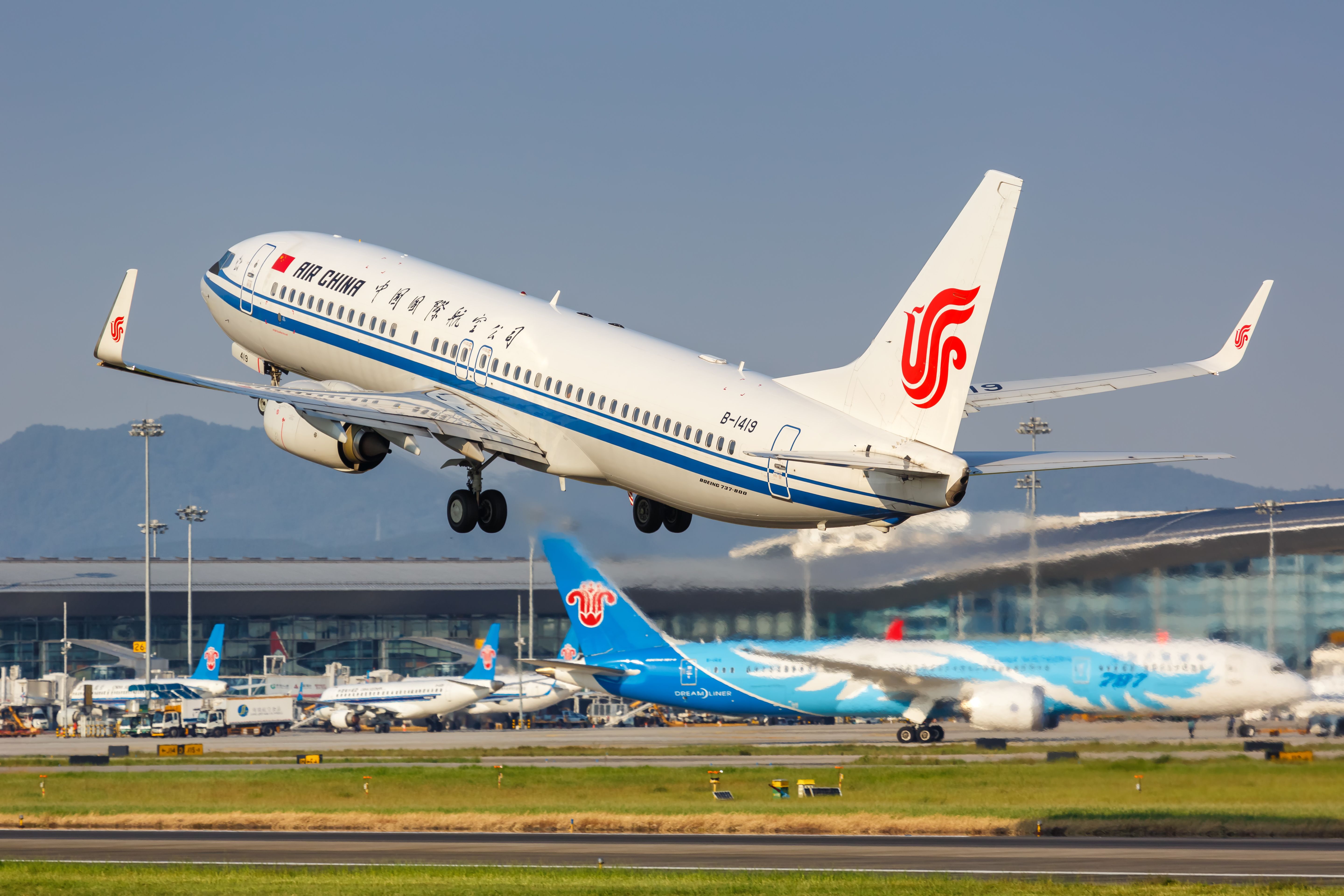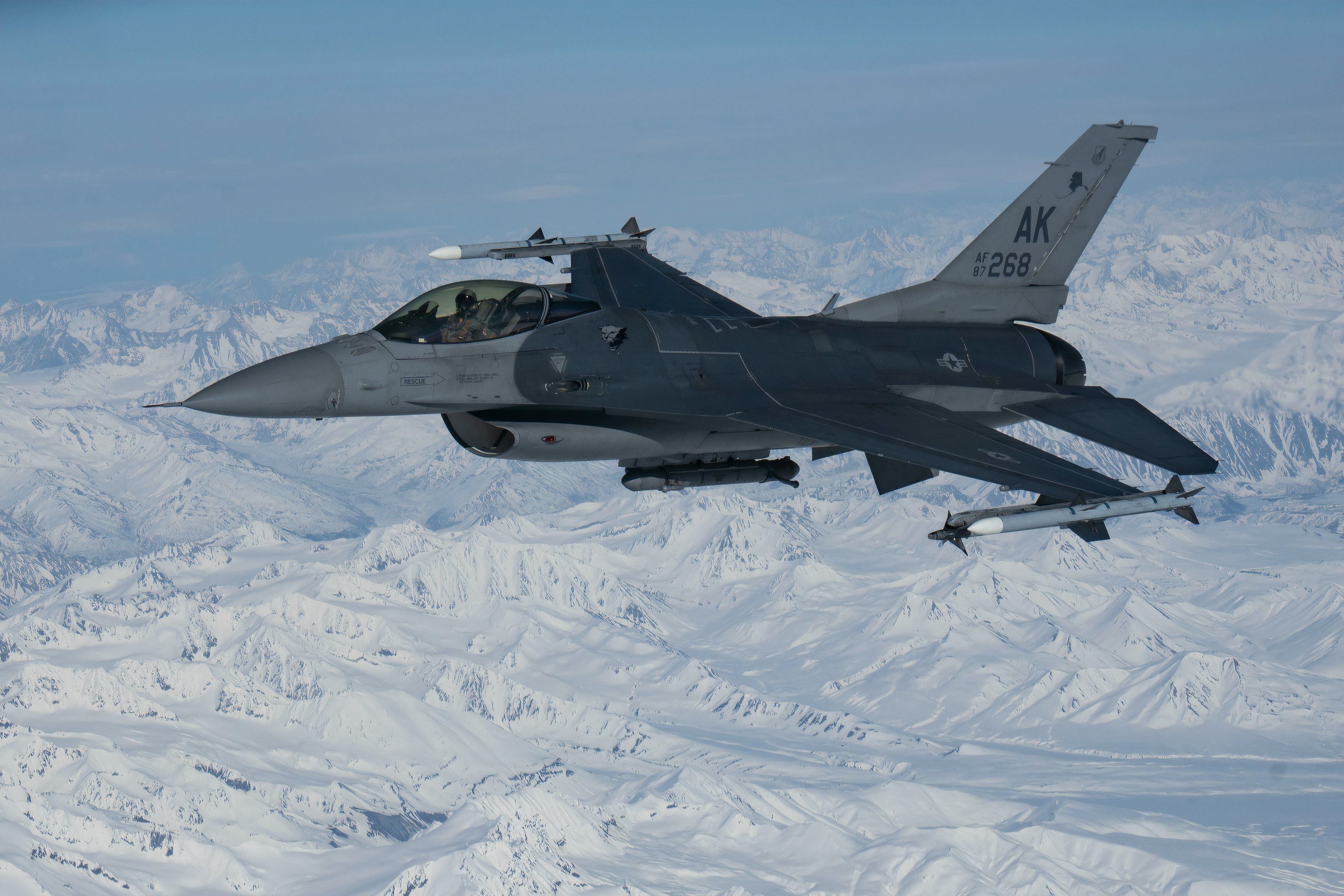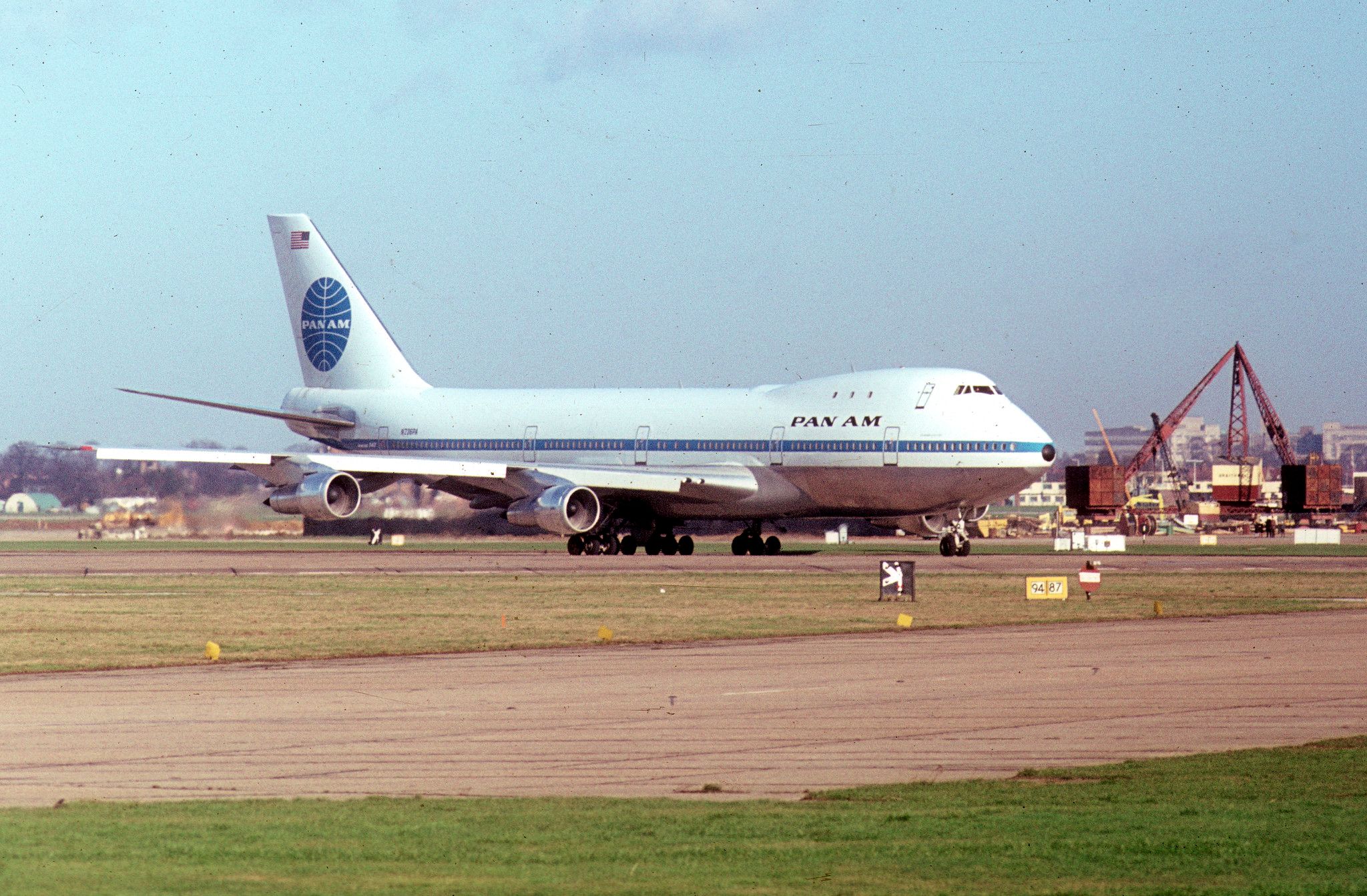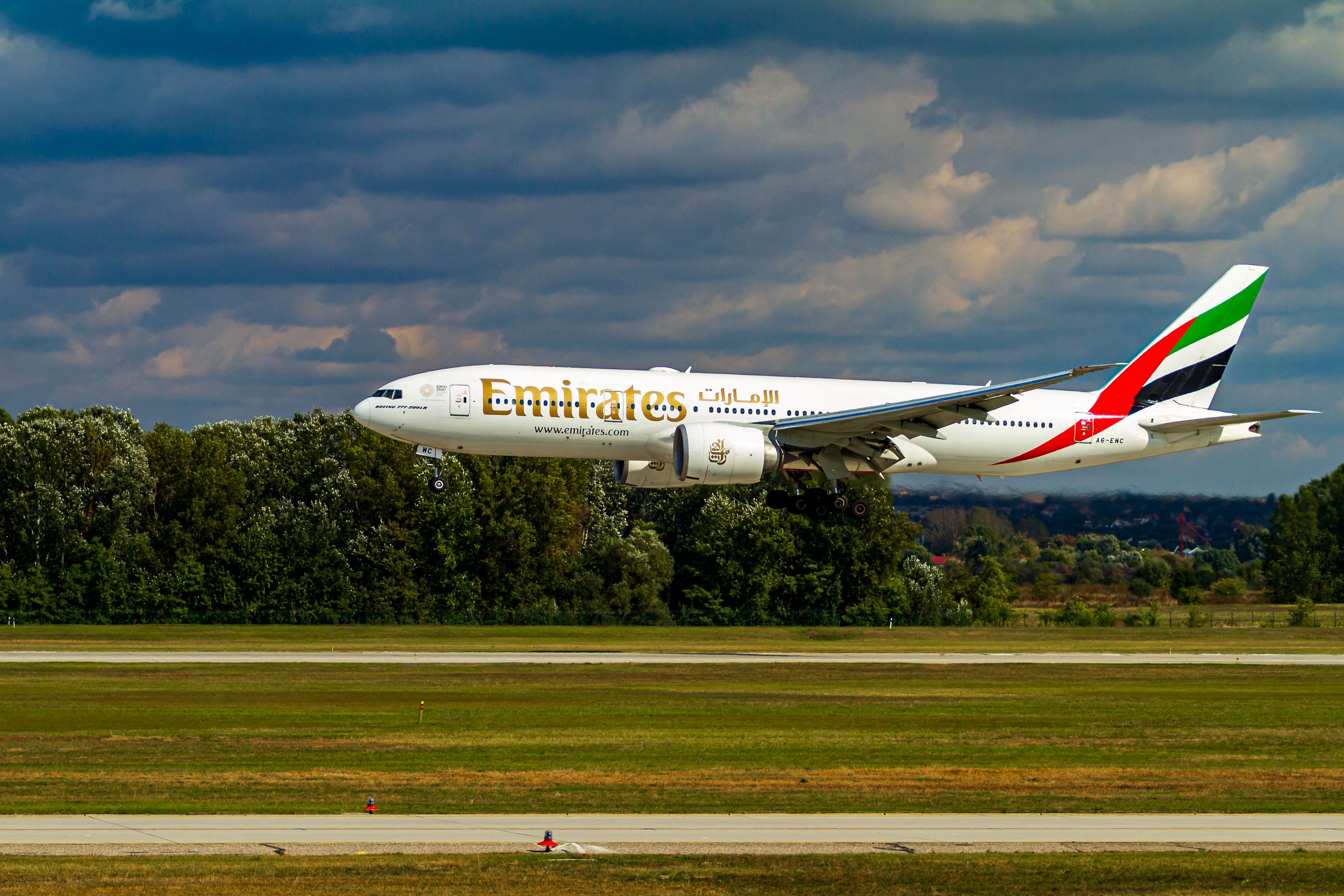Summary
- The 2003 SARS outbreak was the most severe pandemic before COVID-19, leading to a 35% decrease in monthly traffic.
- The Persian Gulf War in 1990-1991 caused a 40% drop in transatlantic passengers, affecting airline operations.
- The Great Recession in 2009 led to a 3.4% decrease in passenger traffic globally.
Commercial air travel has significantly evolved since the first airlines took to the skies. With more and more people flying longer distances, air transport has fundamentally changed how the world works. However, over the years, there have been times when global passenger numbers have significantly plummeted.
While the air transport industry has repeatedly shown its resilience, it is not immune to global pandemics and crises. It is one of the fastest and most affected industries by developments in the world, including economic, environmental, health, and political issues. Let us look at five major crises that have defined global aviation in recent history.
5
Severe Acute Respiratory Syndrome (SARS) outbreak
First pandemic of the 21st century
|
Years |
2002 -2004 |
|
Impact (at peak) |
35% decrease in monthly RPKs |
The 2003 outbreak of SARS was a shock to the world as it quickly spread across the globe, resulting in thousands of infections and a devastating effect on local and regional economies. The air transport industry was severely affected. According to the International Air Transport Association (IATA), SARS was the most severe epidemic impacting traffic volumes before COVID-19.
Photo: Markus Mainka | Shutterstock
At the height of the outbreak in May 2003, monthly RPKs of Asia-Pacific airlines were 35% lower than pre-crisis levels. That year, the loss of confidence and fears of global spread impacted business and leisure travel to, from, and within the region, resulting in Asia-Pacific airlines losing 8% of annual RPKs and $6 billion of revenues.
Globally, the SARS outbreak created international anxiety. By mid-March 2003, the World Health Organization began issuing an unprecedented series of travel advisories to limit the spread of infection. Air travel to affected areas decreased dramatically during the epidemic. However, with SARS, monthly international passenger traffic returned to its pre-crisis level within nine months.
4
The Persian Gulf War
Contributed to the demise of Pan Am
|
Years |
1990 – 1991 |
|
Impact |
40% decrease in transatlantic traffic |
The Persian Gulf War was an armed conflict in the early 1990s between Iraq and a 42-country coalition led by the United States. It began in 1991, a few months after Iraq invaded neighboring Kuwait under the leadership of President Saddam Hussein. After the head of state defied United Nations Security Council demands to withdraw from Kuwait by mid-January 1991, Operation Desert Storm began with a massive US-led air offensive.
Photo: USAF
As reported by NBC, the 1991 Gulf War cost US airlines $3 billion and forced seven carriers into bankruptcy. The conflict caused fuel prices to rise, severely affecting global economic activity. Global air travel was significantly reduced, with transatlantic flights seeing up to 40% fewer passengers. Pan Am, once one of the largest international carriers, suffered from the war as its once profitable transatlantic flights plunged into losses.
The outbreak of the war led to a larger decrease in international business travel and increased risk of serving destinations and overflying destinations in the Middle East. Airlines were forced to change how they operated, including rerouting flights, reducing services, and not allowing aircraft to be parked overnight in the Middle East. The conflict affected airlines in Europe and Asia, whose routes to the Middle East were some of the most lucrative.
The effects were felt across the industry, with Delta, for example, reporting its first operating loss in a fiscal quarter since 1982. Several carriers took cost-cutting measures. KLM cut capacity on European routes by 20%, while British Airways announced plans to lay off 4,600 workers, reduce summer capacity, spend less on advertising, and cut services to Ireland.
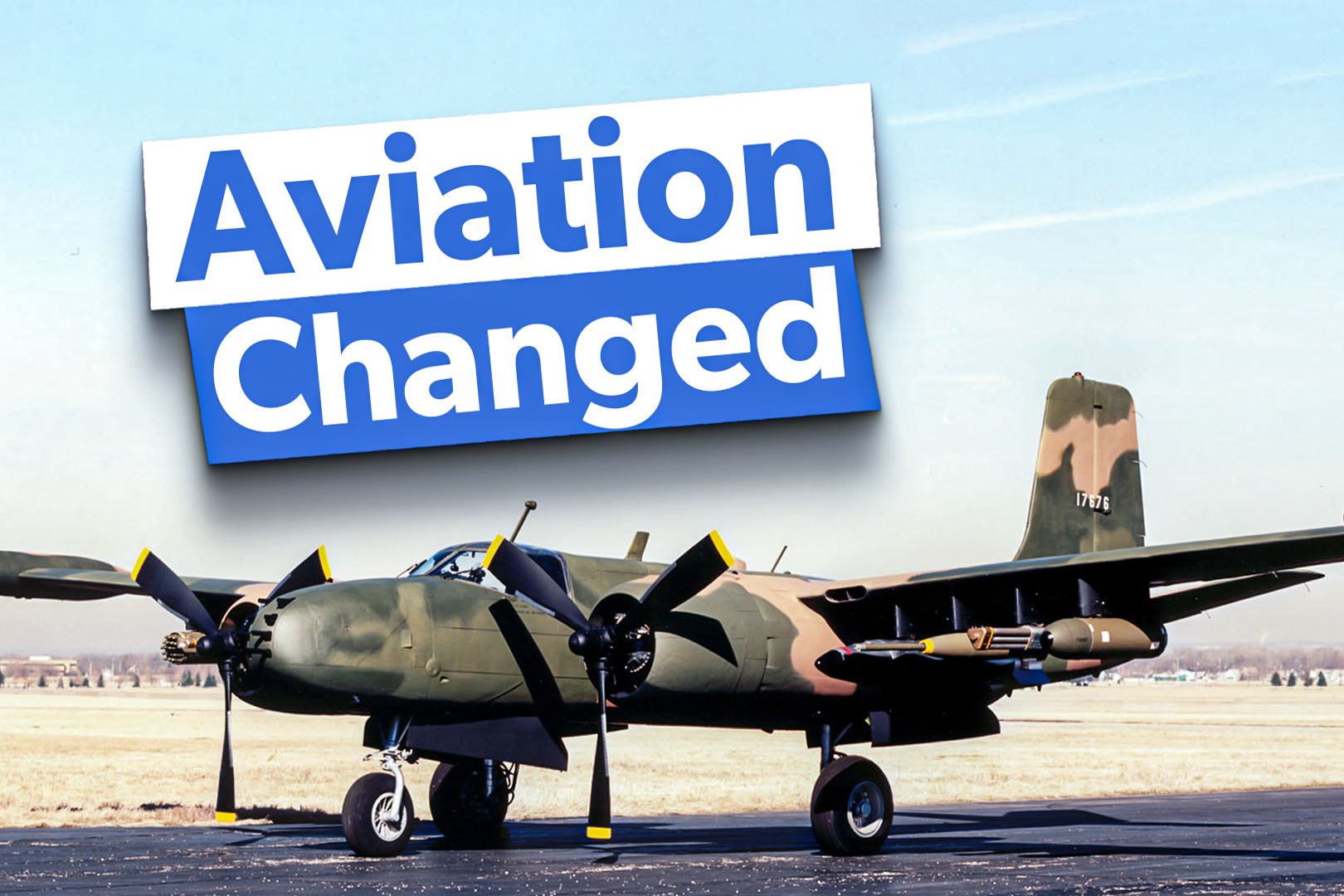
Related
How The Second World War Changed Aviation
People still feel the impact today.
3
The Great Recession
Severe financial impact
|
Years |
2007 – 2009 |
|
Impact (2009) |
3.4% decrease in passenger traffic |
The Great Recession was a period marked by a sharp decline in economic activity starting in 2007 and continuing into the following years. As stated by Investopedia, the term Great Recession applies to the December 2007-June 2009 US recession and the ensuing global recession in 2009. The Reserve Bank of Australia defines the global financial crisis as
“The period of extreme stress in global financial markets and banking systems between mid-2007 and early 2009.”
This is considered the most significant downturn since the Great Depression in the 1930s. The recession significantly impacted economies and industries worldwide, including air travel. A 2008 IATA report notes that the last major recession-induced downturn in air traffic came in 1991 when global passenger traffic (RPKs) decreased by 2.6%. In 2009, total world international passenger traffic fell by 3.4%. On a regional level, traffic decreased by the following figures:
- Asia-Pacific: -6.5%
- North America: -5%
- Europe: -3.4%
- Latin America: -3.0%
- Africa: -2.5%
Photo: GTS Productions | Shutterstock
Only the Middle East posted an increase in international traffic, growing by 9.1%. In 2007, the airline industry generated a record operating profit of $19.9 billion. However, 2008 saw operating losses of up to $8.9 billion. World airlines slightly recovered in 2009 with an estimated operating loss of $4.1 billion.
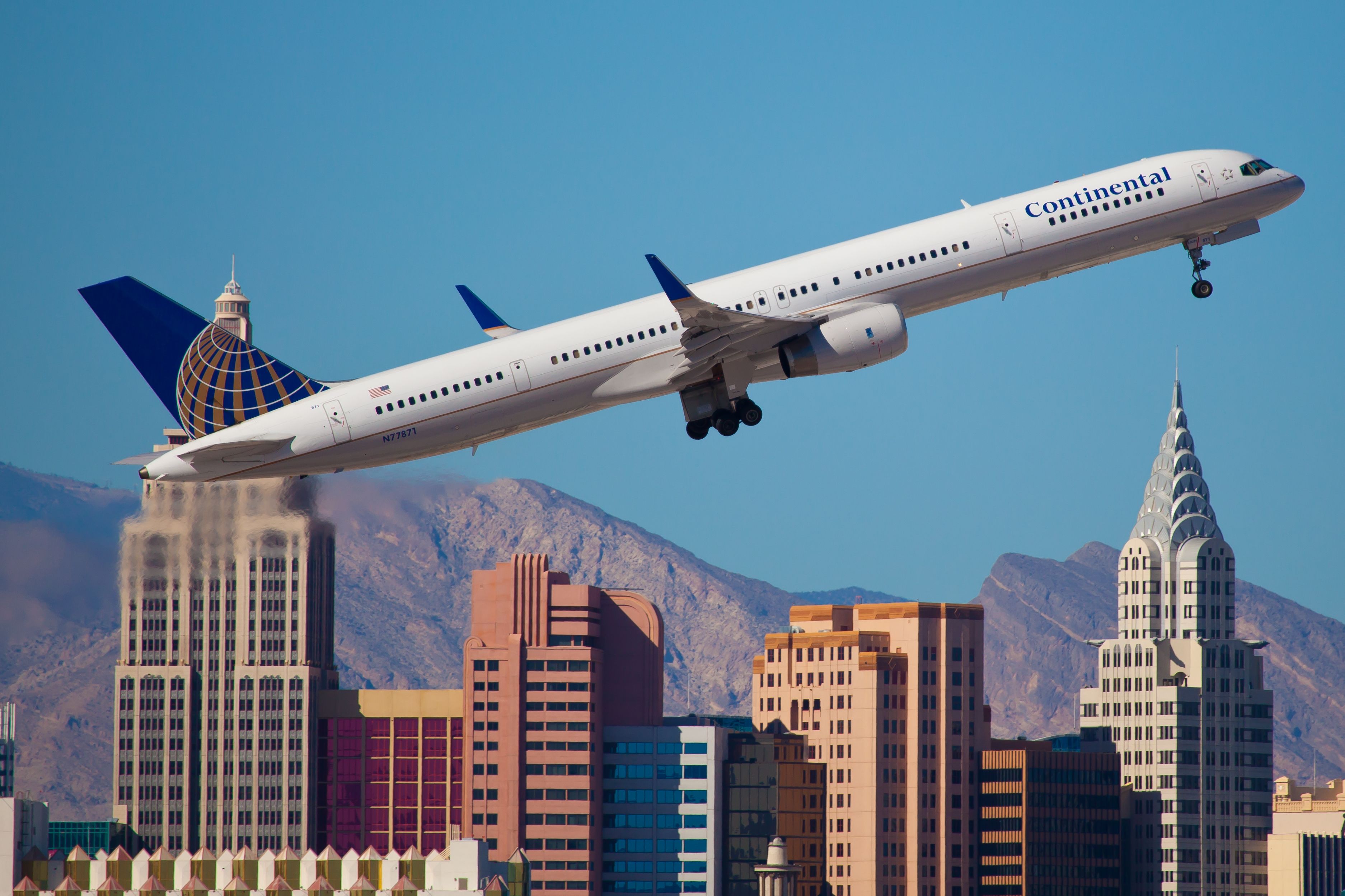
Related
Top 5: The Most Significant Airline Mergers In Aviation History
Following deregulation, airline mergers have successfully ensured financial stability and growth.
The economic recession ultimately reduced demand for air travel as customers were affected by growing unemployment and rising expenses for basic commodities. Airlines were also affected by high fuel costs. In 2001, fuel accounted for 10 % of an airline’s costs, but in 2008, it increased to an all-time high of 40%. Between 2000 and 2012, 50 US passenger and cargo airlines filed for bankruptcy, of which 13 were in 2008 alone.
2
September 11 attacks
Darkest day in aviation history
|
Date |
September 11, 2001 |
|
Impact (immediate) |
33% decrease in monthly traffic |
The September 11 (9/11) attacks on the US had long-lasting effects on domestic airlines and the global aviation industry. Not only did the number of passengers decline in the following months, but there were also major changes in safety and security measures. The devastating attacks on the World Trade Center, the Pentagon, and potentially the US Capital caused tragic loss of life and a significant contraction in US air travel.
Following the crash of the second aircraft into the Twin Towers, the Federal Aviation Administration (FAA) ordered a complete shutdown of US airspace. While flight services were primarily restored within days, the number of commercial passengers did not recover until March 2004, nearly three years after the attacks. The immediate impact of 9/11 was a severe drop in the number of passengers traveling by air.
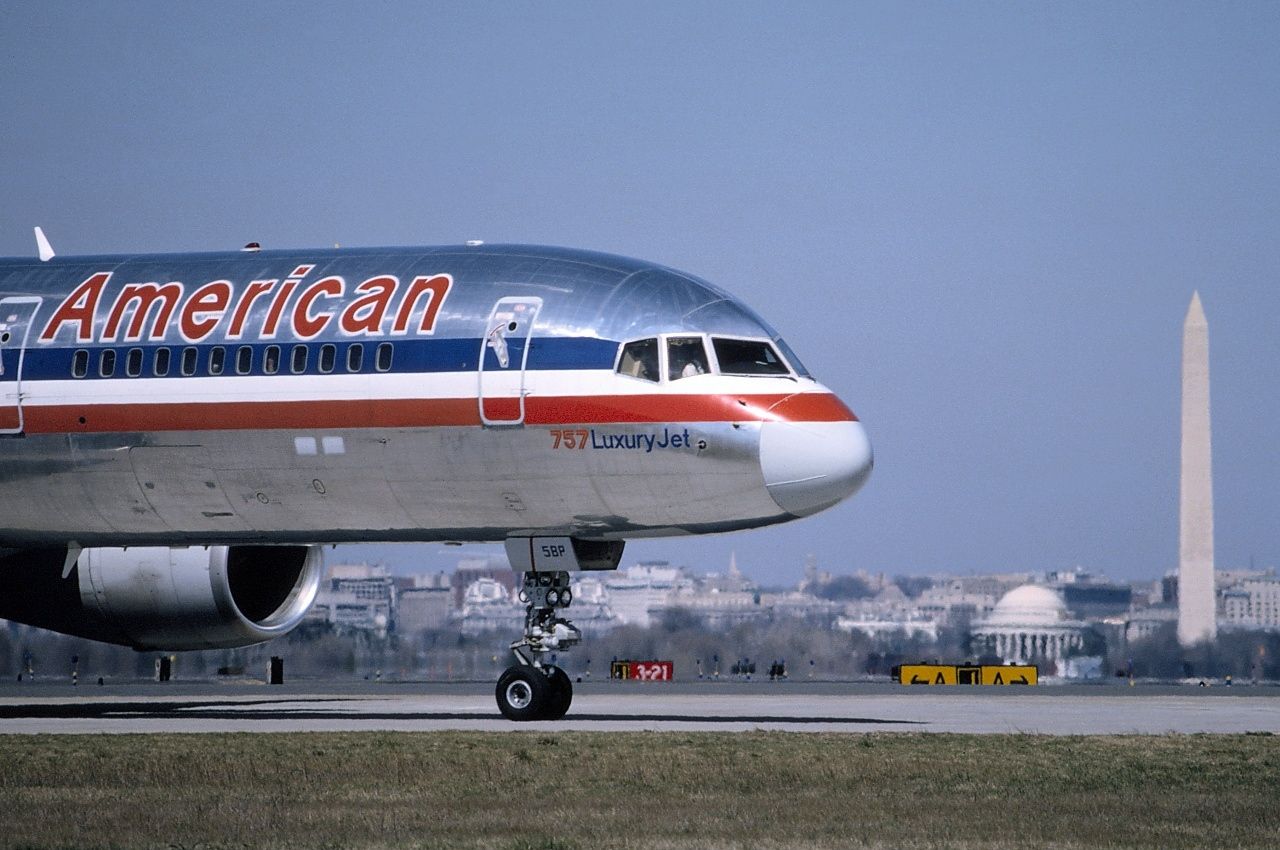
Related
How 9/11 Changed The Aviation Industry
Today’s air travel experience is virtually unrecognizable compared to 2001.
Monthly passengers in September 2001 decreased by 33% compared to the previous month. The number of airline passengers and seats remained low in the following months. About 65.4 million travelers took to the air in August 2001, a record-high number of airline passengers. After 9/11, that number dropped significantly, with air passenger travel only reaching its pre-9/11 peak in July 2004.
1
The COVID-19 pandemic
Record-low air travel
|
Years |
2020 – 2022 |
|
Impact (immediate) |
96% drop in pax numbers |
The COVID-19 pandemic is one of the biggest crises affecting the global population. All industries were affected, with air travel being among the hardest hit. Following the outbreak in 2020, the aviation industry recorded its worst results in recent civil aviation history. Many airlines were forced out of business, while passengers had to adapt to new norms. As early as March 2020, airlines temporarily suspended flights, while others completely ceased operations. Without government support, some airlines would not have survived.
According to an ICAO analysis, world passenger traffic collapsed with an unprecedented decline in history. In 2020, the number of seats offered by airlines declined by 50%, while the number of passengers decreased by 60% compared to 2019. Airlines lost approximately $372 billion of gross passenger revenue. In 2021, the number of seats offered by airlines was reduced by 40%, while passenger numbers decreased by 49% compared to 2019. There was a loss of $324 billion of gross passenger operating revenue for airlines.
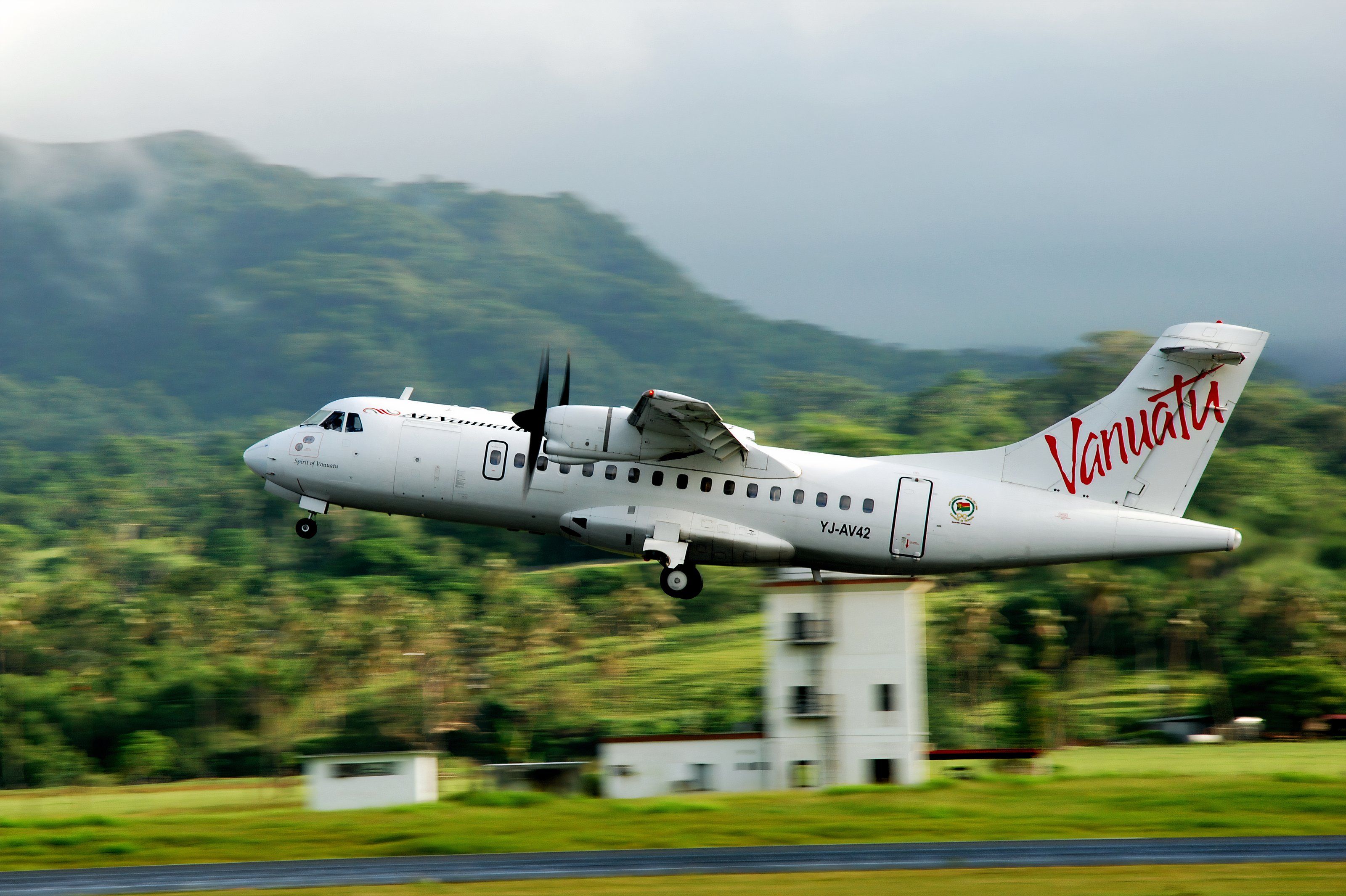
Related
Profitability Struggles: How Weather & The Pandemic Have Had A Lasting Effect On Airlines In The Pacific
Carrier practices have changed significantly from a decade ago.
Monthly traffic was at a record low of less than 50 million passengers in April and May 2020. At that time, considered the peak of the crisis, about 66% of the world’s commercial fleet was grounded after governments closed borders and restricted people from traveling internationally. However, the industry managed to bounce back and can now turn the page on the major health crisis. According to IATA, traffic has caught up with 2019 levels, and profitability has returned to the industry.
What do you think of this story? Which global crisis affected you the most? Please share your thoughts and experiences in the comments!


